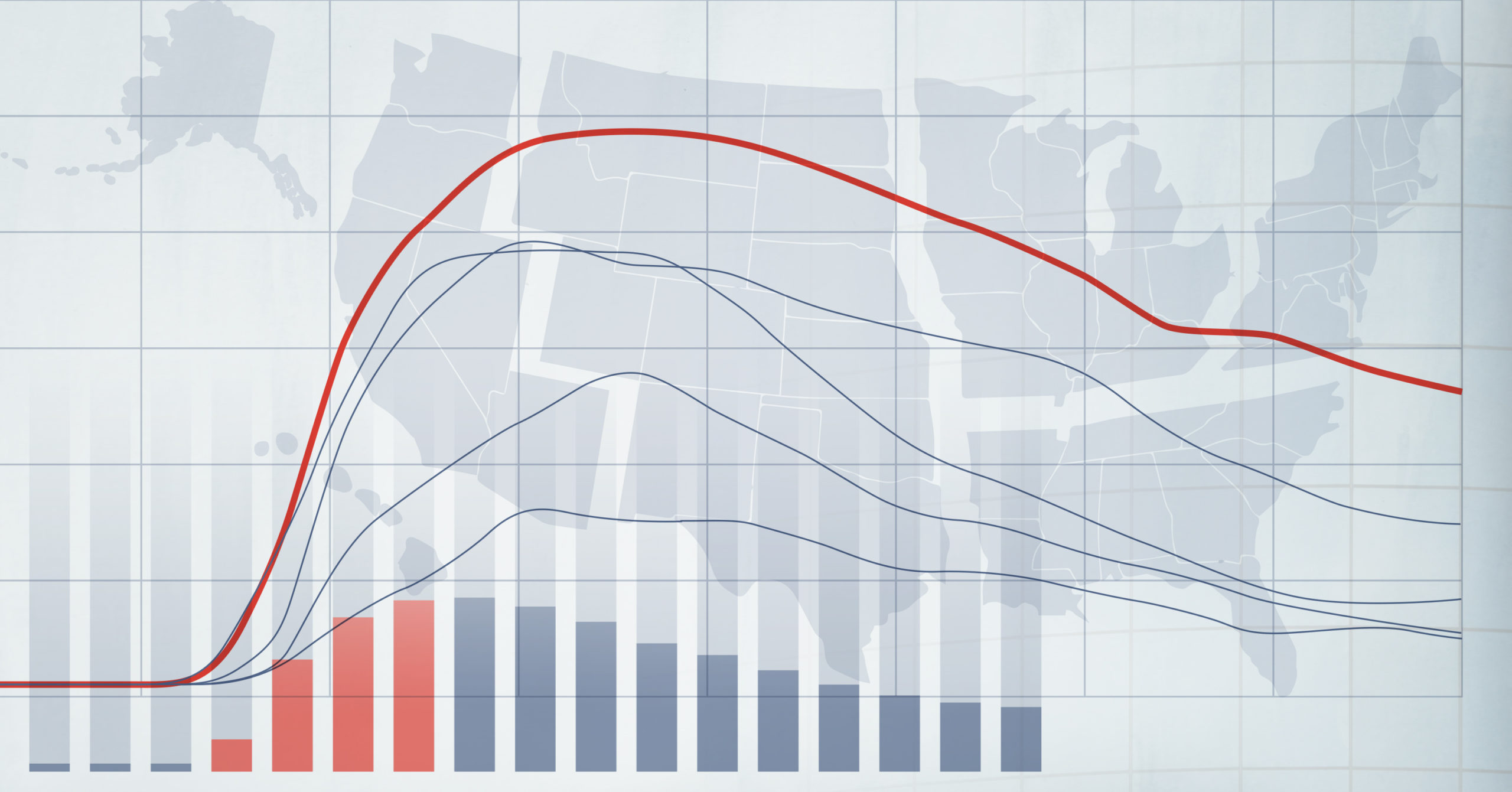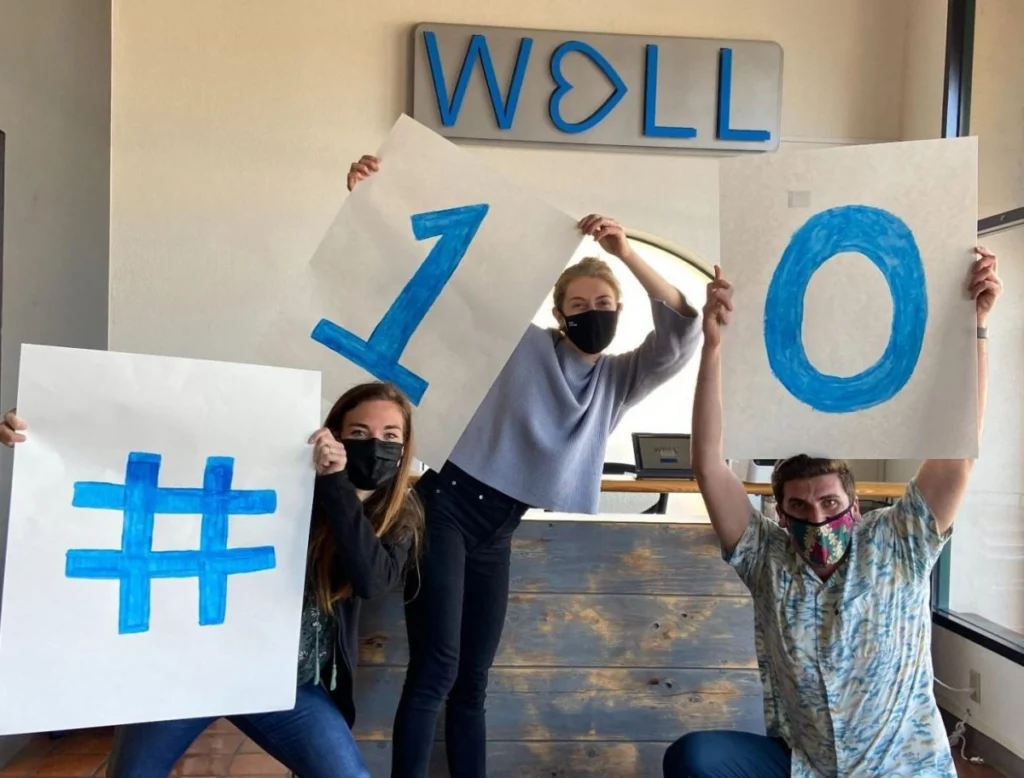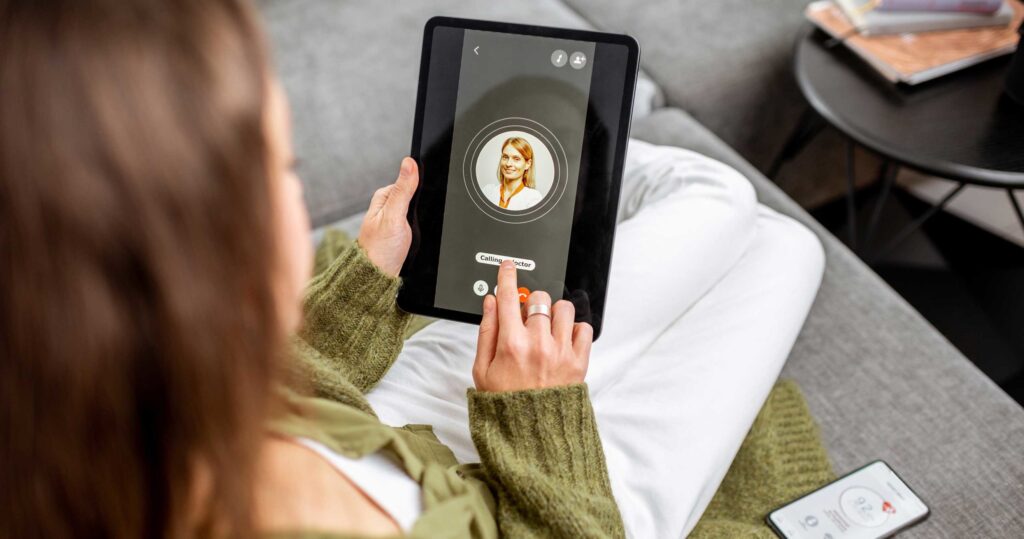
A report published by the WELL Data Analytics Team predicts telehealth will account for 15 percent of patient visits through the end of 2020.
In June 2020, the WELL Data Analytics Team looked at client data from February through June 2020. The survey uncovered several fascinating trends, including how telehealth services served as a stopgap in maintaining appointment volume, current healthcare recovery rates, and projected telehealth trends through the end of 2020.
“The data illustrate how hard COVID-19 hit health systems — not just in ICUs and EDs but also in outpatient settings and with elective procedures,” said Evan Welsh, Senior Data Analyst on the project. “Nevertheless, there were some bright spots. Telehealth really saved appointment volume during April, and we project it will continue to ensure access to care well after the pandemic.”
Cancellation rates reached 80 percent overall
The report found that 80 percent of medical appointments were cancelled during the week of March 23. Health systems initiated the majority of those cancellations. But, given patient fears about entering a healthcare facility, they likely would have cancelled at a higher rate if health systems had not done so first, the study’s authors concluded.
Not surprisingly, New England was the hardest hit by cancellations, reaching 83 percent of appointments cancelled by early April. Even in mid-June, health systems in the region continued to see as many 47 percent of appointments cancelled.
The data represent two critical needs for health systems in pandemic preparedness: the ability to deliver cancellation and rescheduling notices to patients and the ability to receive cancellation requests from patients.
Telehealth services were a stopgap in maintaining appointment volume
Before the pandemic, telehealth accounted for less than 1 percent of total visits. Between February and April, health systems saw exponential growth in virtual care, some as high as 50x increase. By April 6, virtual visits accounted for 43 percent of all appointments.
While in-person appointment volume began to rise again through May and June, virtual care visits leveled off. The data suggest that telehealth will continue to account for roughly 15 percent of appointments through the end of 2020.
But telehealth won’t replace in person care. Think of it as an adjunct, not a replacement. This will be dependent on reimbursements for telehealth continuing at an acceptable rate after the pandemic, among other factors.
West Coast millennials continue to lead in telehealth adoption
Telehealth showed the greatest adoption in the Pacific region. It accounted for nearly half of all appointments in that region during the first wave of the pandemic. Even through mid June, health systems in the region continued to see 27 percent of all appointments conducted virtually.
Adults ages 40 and under had the highest overall telehealth adoption rate and continued to use virtual care for 20 percent of all appointments by mid-June, twice the rate of other age groups.
If this demographic continues to drive healthcare decision making for themselves, their children, and increasingly their aging parents, telehealth will stick around long after the pandemic.
Patient appointment volume still lags by 13 percent nationwide
Overall appointment volume remained 13 percent below pre-pandemic levels as of June 15. This has troubling implications for both health system revenue recovery and patient health.
Given the thin margins upon which health systems operate, the data suggest current appointment volume is not enough to sustain revenue or compensate for the shortfall, just 51 percent of appointments at the lowest level. Additional measures to recover lost appointments will be essential in reaching pre-pandemic appointment volume and recovering lost revenue.
The pandemic created not only a backlog of missed appointments but also an as yet unknown volume of missed cancers, heart attacks, strokes, inadequate vaccinations, and poorly managed chronic conditions. After COVID, patients will require more care to make up for shortfalls and more communication. They need to know it’s safe to seek care.
Scope
WELL had the capacity to reach roughly 24 million patients during the research period. It compared appointment data from 116 health systems. The survey included specialty clinics, private practices, and multi-site health systems, all with 100 appointments or more per week. All health systems had been live on WELL prior to the pandemic, eliminating interfering data from new health systems. ♥


